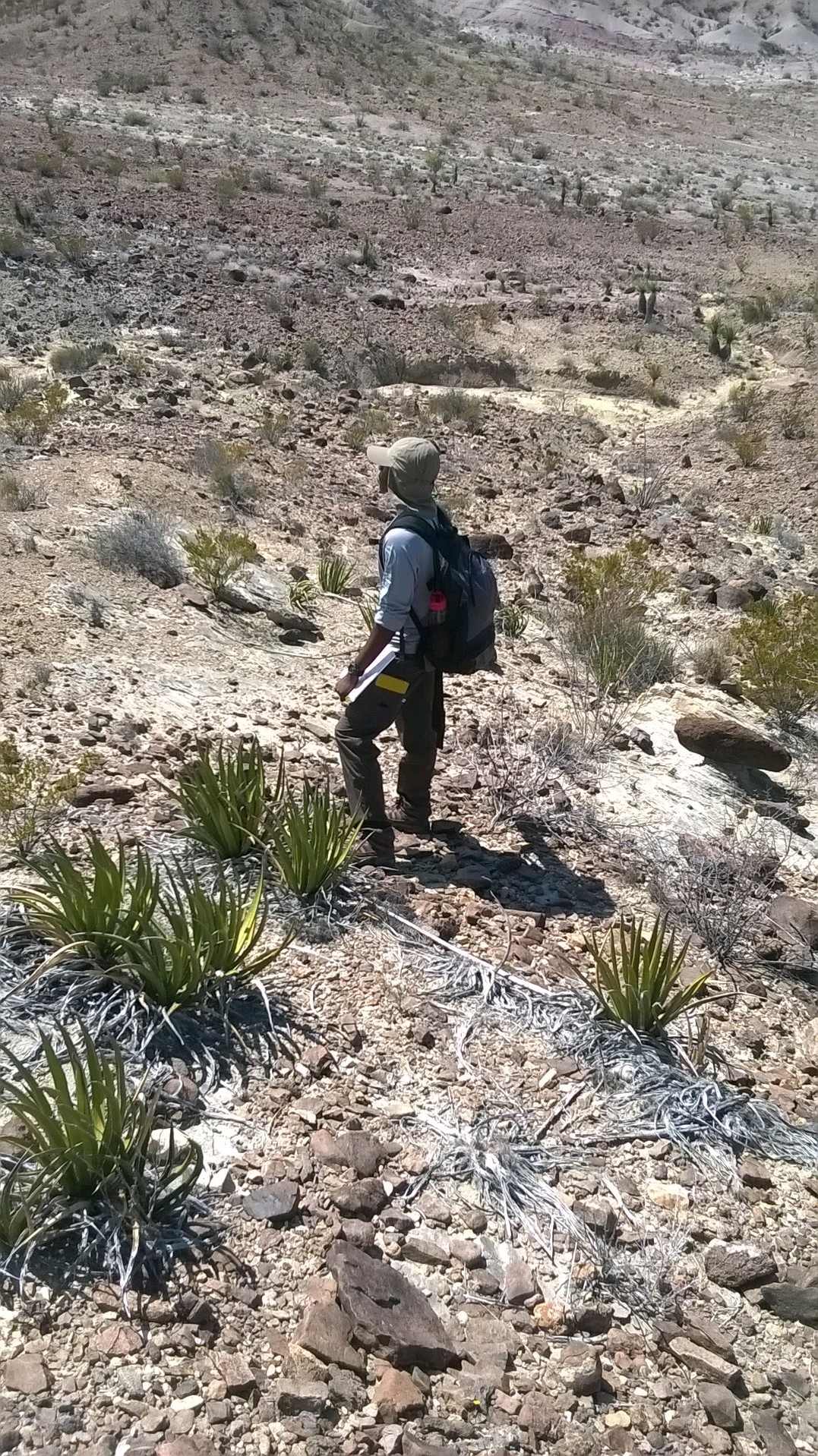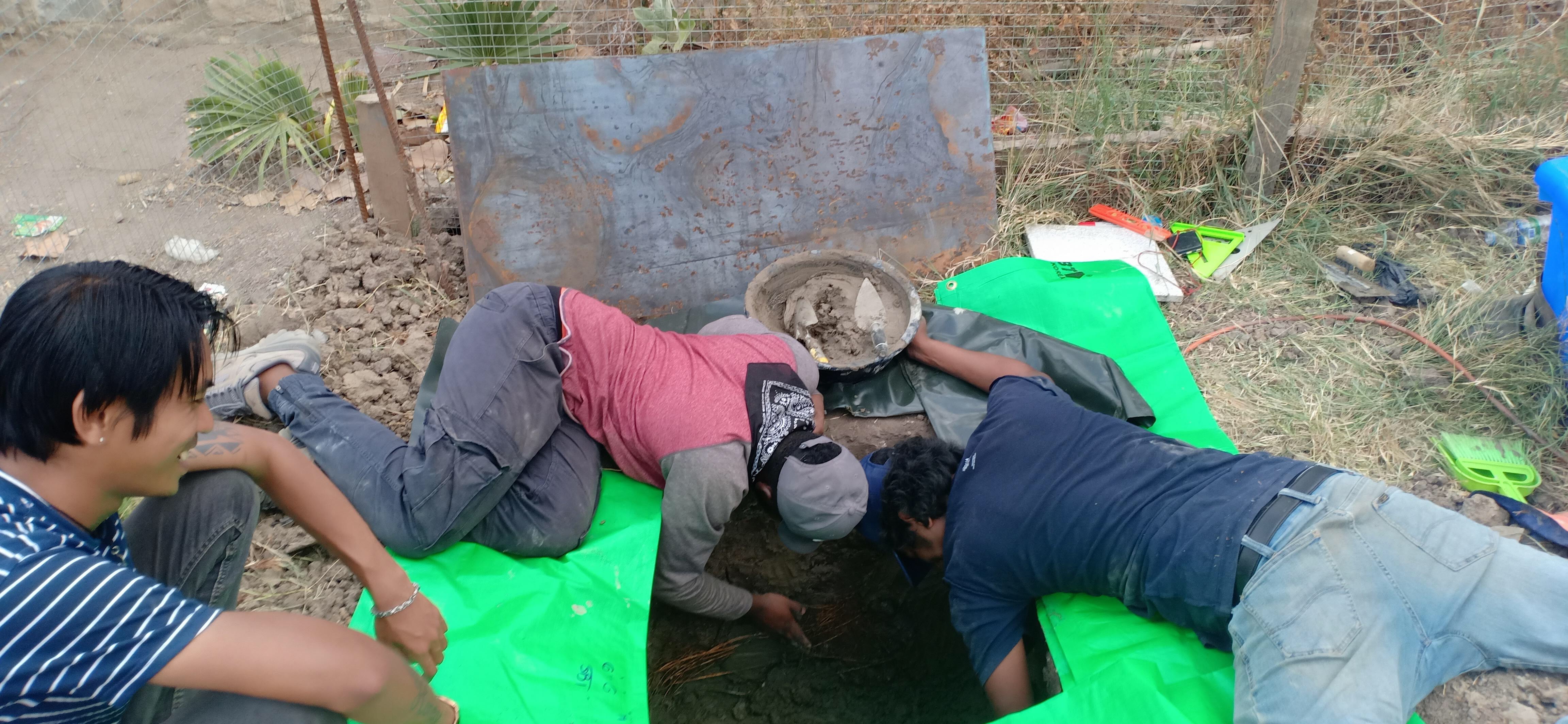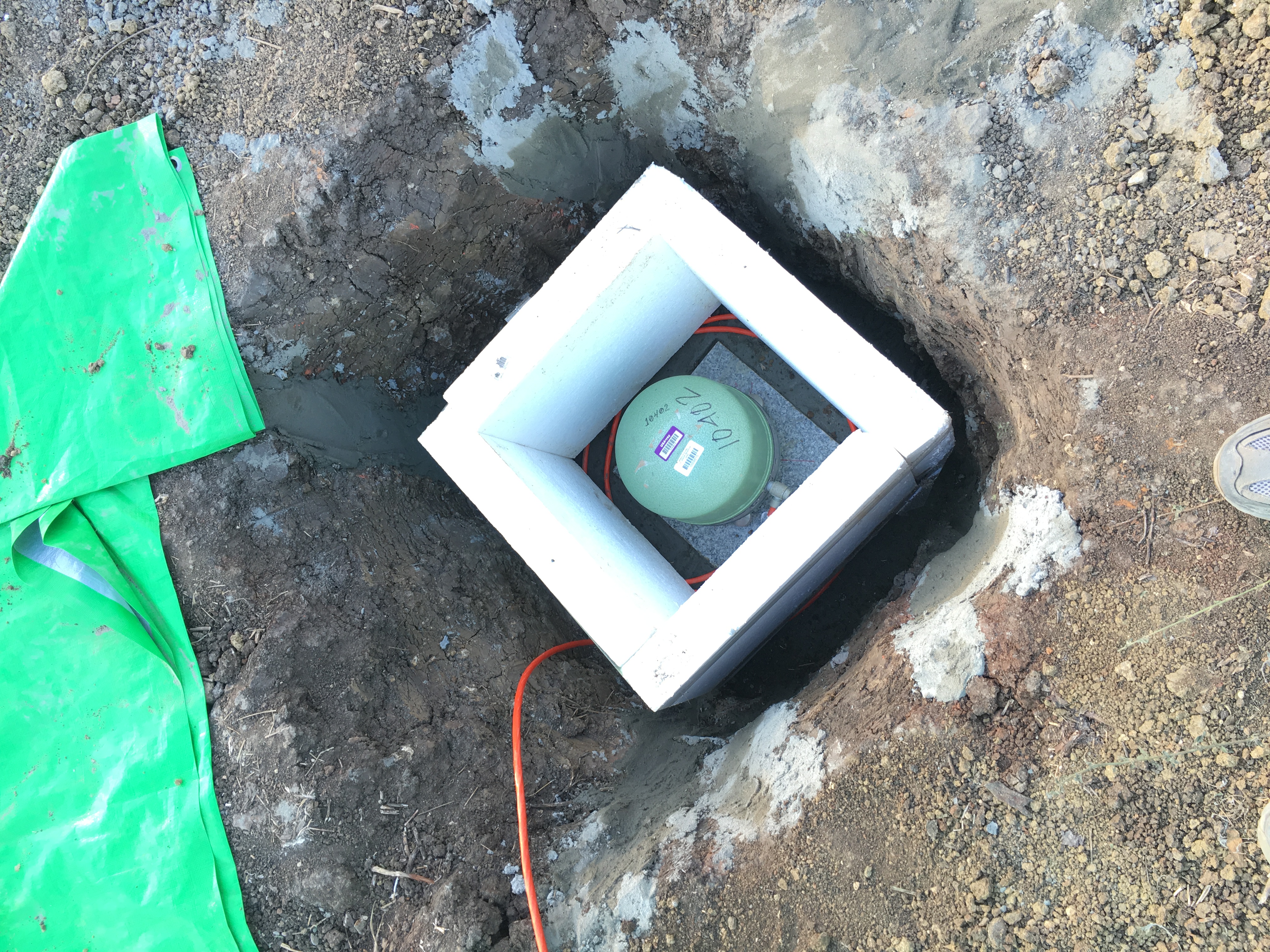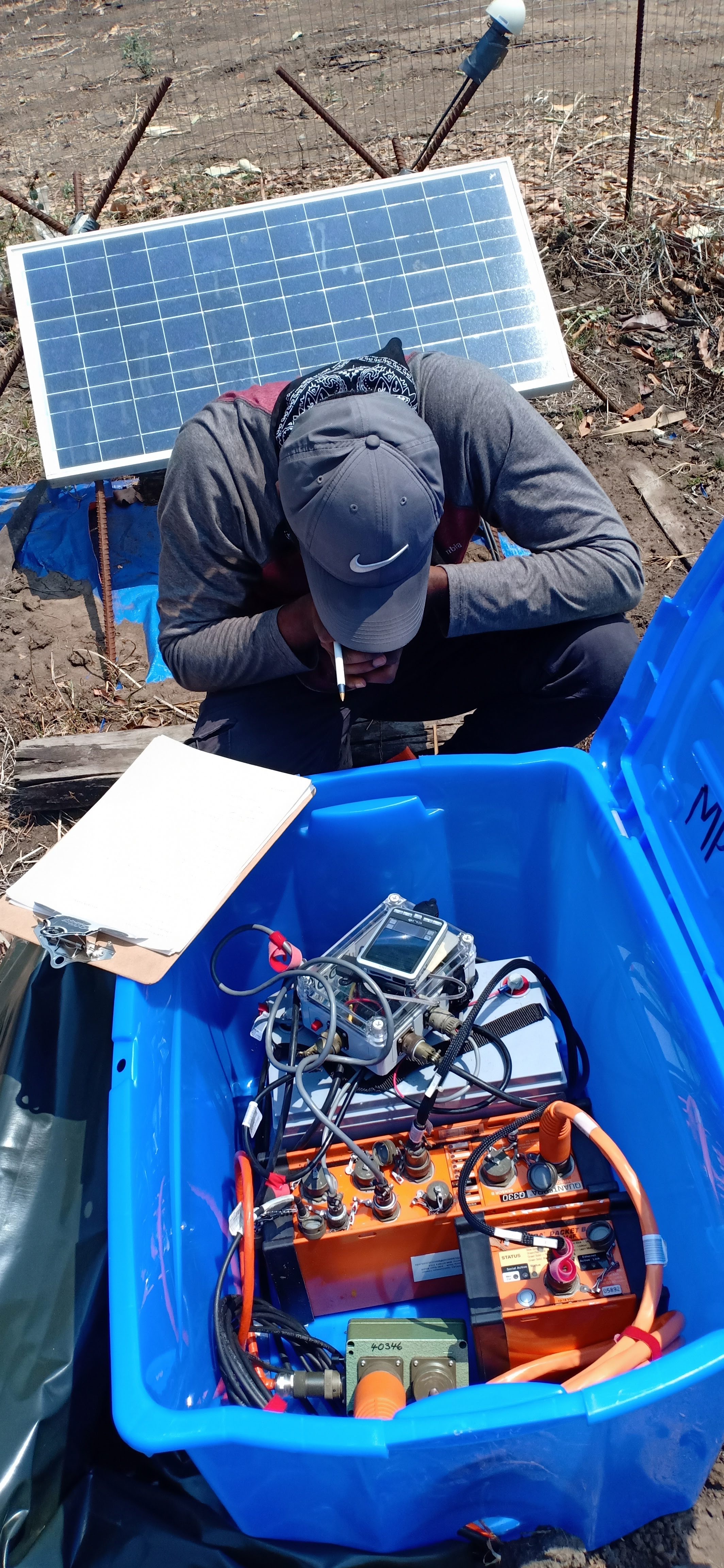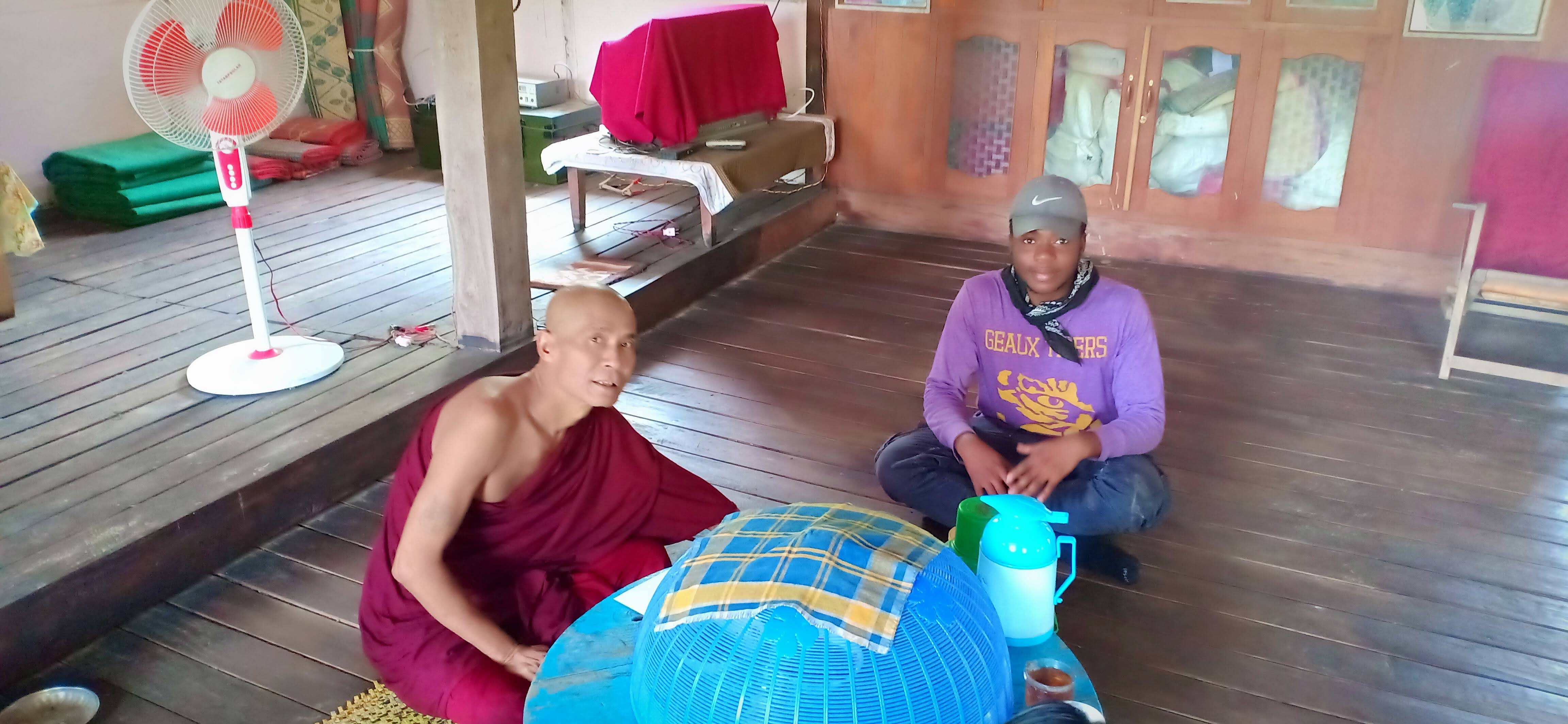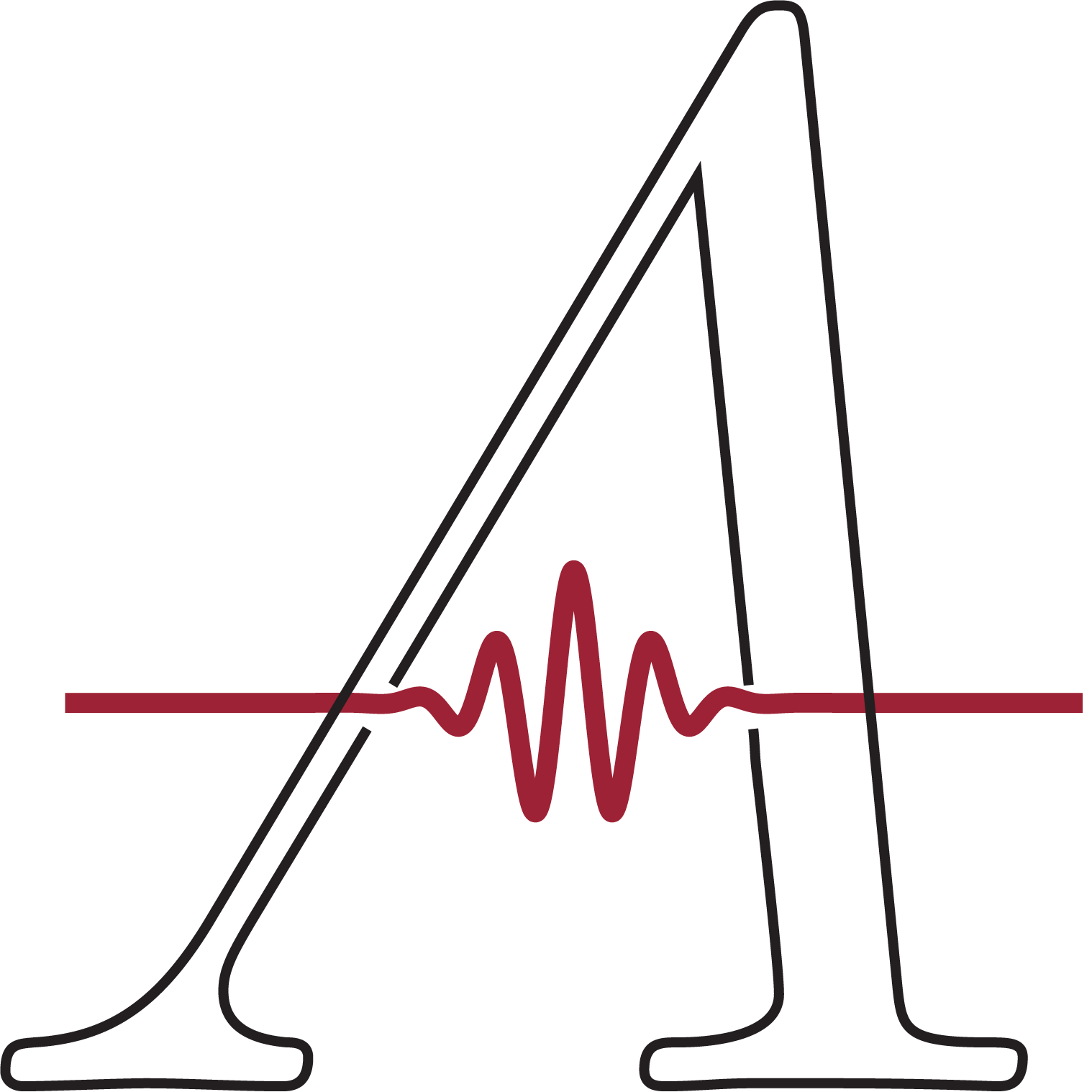Our research focuses on modeling geophysical observations at various scales, utilizing advances in data science and computational sciences, as well as fieldwork, to understand the evolution of our planet and inform natural hazard assessments. Currently, we are working on these problems: (1) Multiscale modeling and optimization, (2) subduction termination, (3) incipient rifting, and (4) physics of intraplate ruptures. Below are summaries of some of our projects.
High-Resolution Crustal Imaging
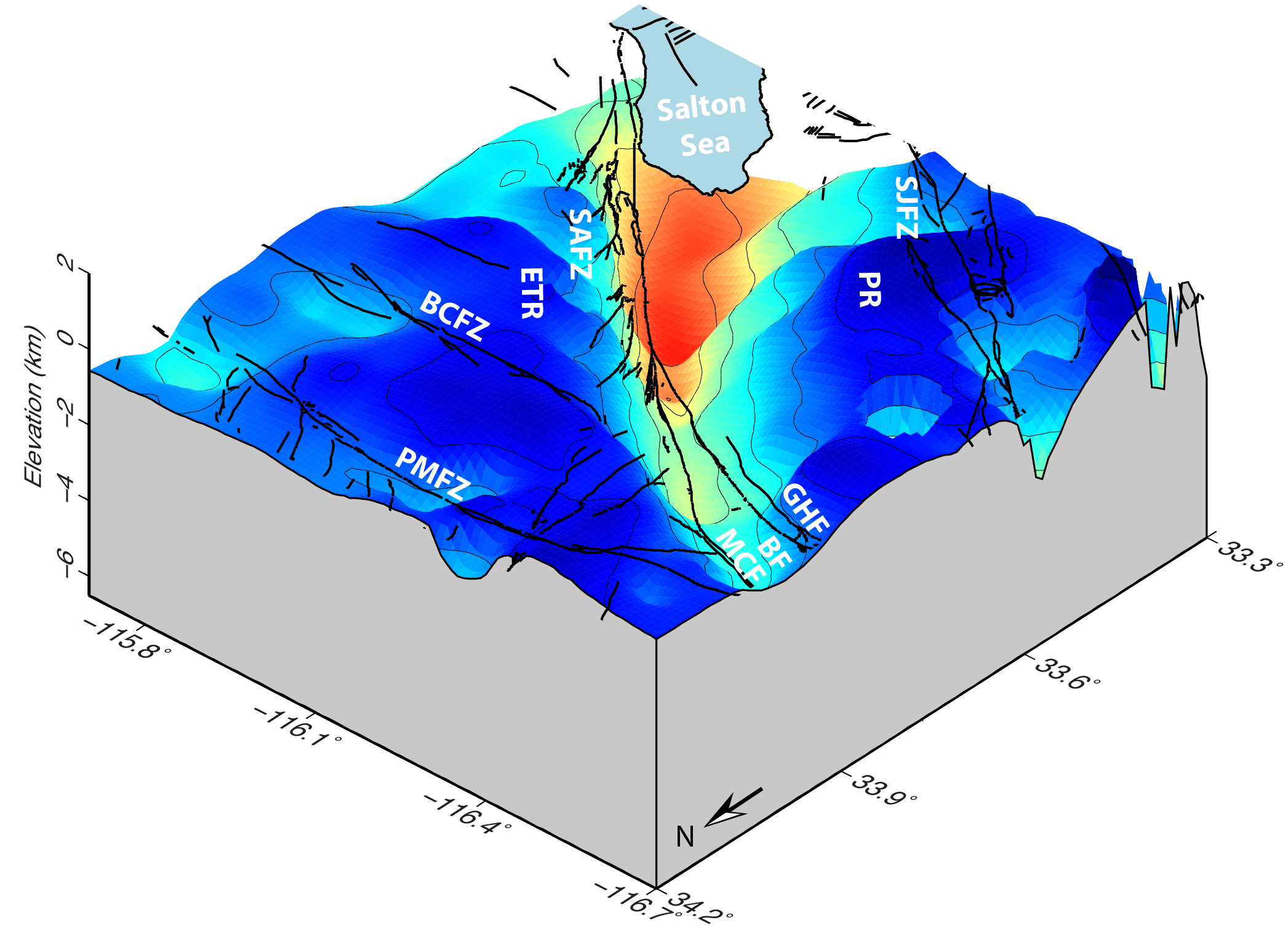
We develop high-resolution 3D seismic velocity models that integrate geological and geophysical data to understand the crustal structure and tectonics of seismically active regions. Our work in Southern California has revealed complex fault geometries and sedimentary basin structures that influence seismic wave propagation and ground shaking patterns.
[Ajala et al. (2019)] [Model Hosted at SCEC]Multiscale Model Synthesis
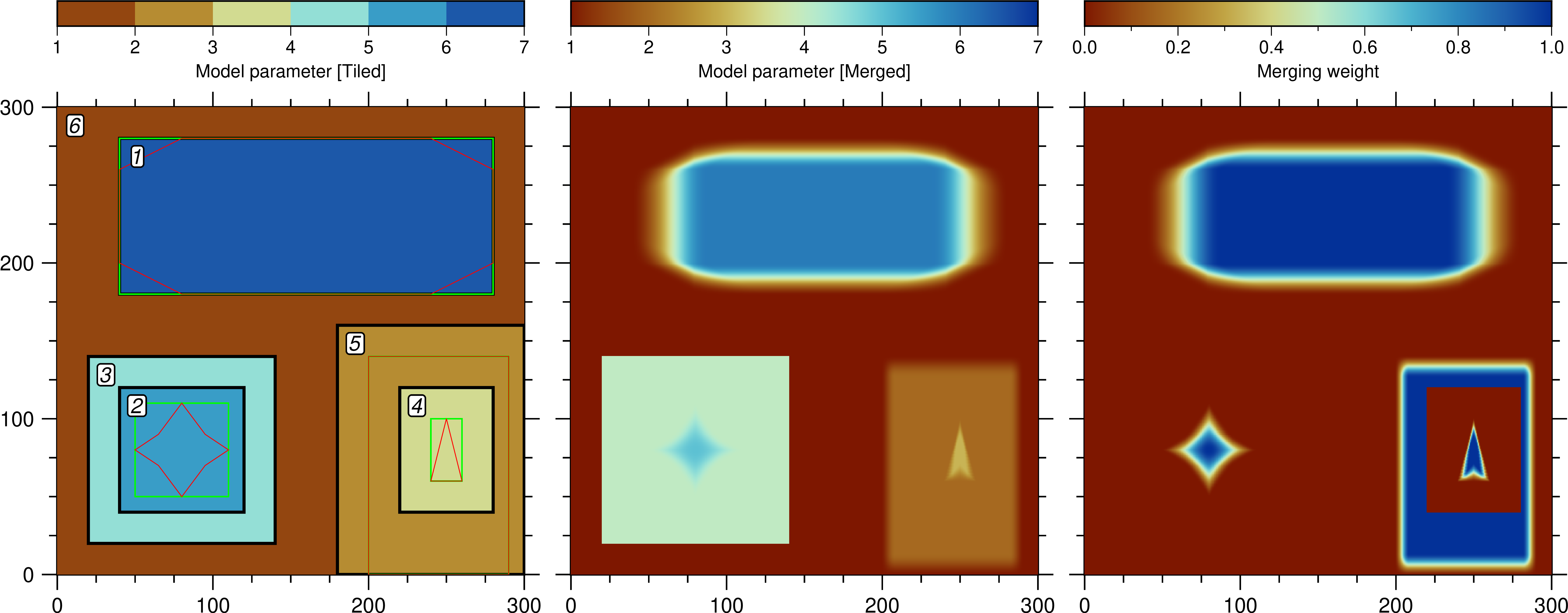
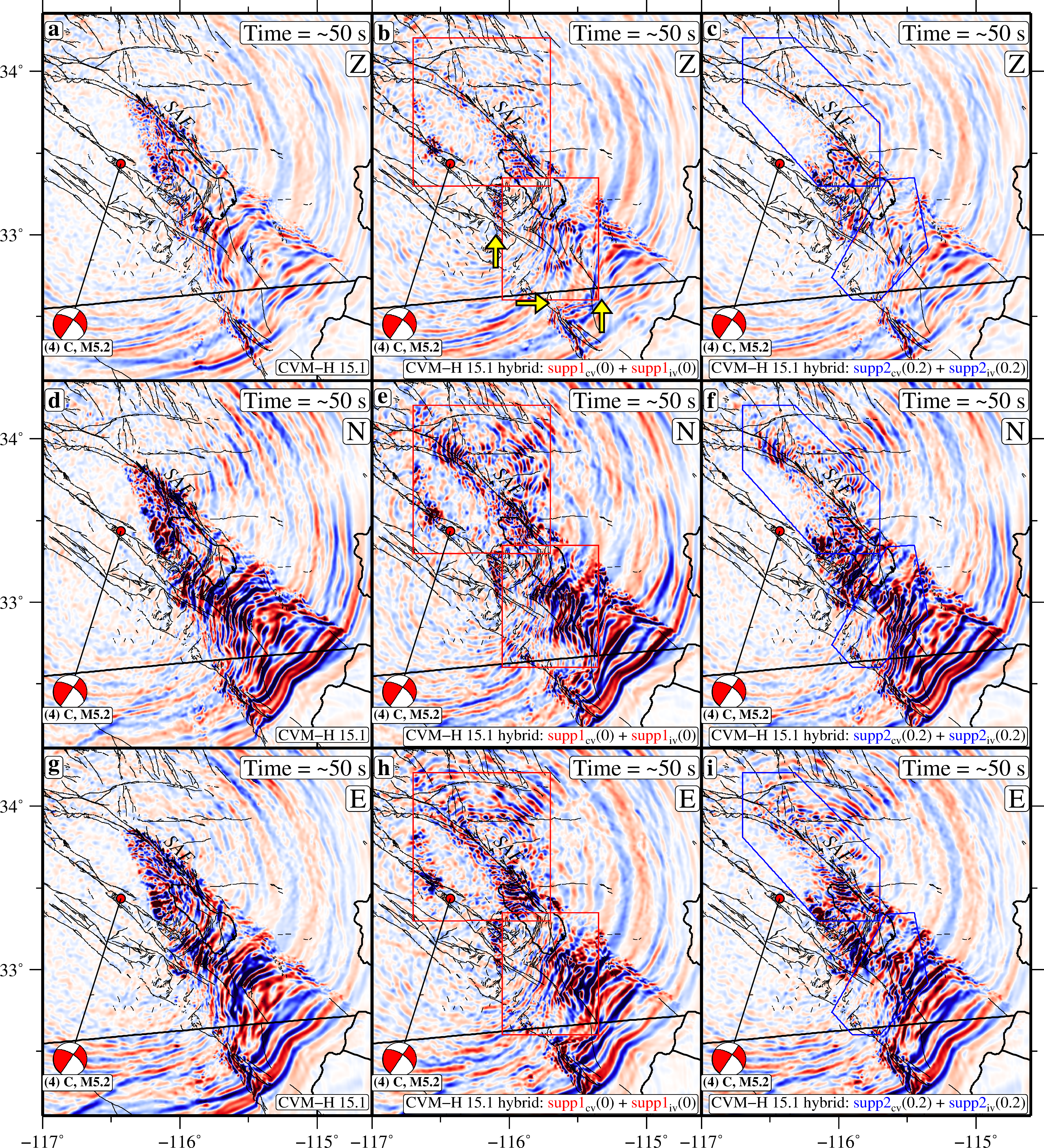
We are developing a multiscale and multidimensional modeling framework that allows for creating comprehensive Earth models (any model parameter, e.g., topography, seismic velocity models, resistivity, density, etc.). This approach enables us to capture fine-scale features while maintaining consistency with larger-scale structures, thereby enhancing our understanding of the Earth's interior and its dynamic processes, as well as the applications of Earth models to hazard assessments. The work is a flexible generalization of the GMRT project or the SCEC UCVM program.
[Ajala & Persaud (2021)] [Ajala & Persaud (2022)] [Modified SCEC UCVM Software] [SSA Meeting Presentation (2025)] [CRESCENT Seed Grant Report (2025)]Earth Model-Space Exploration
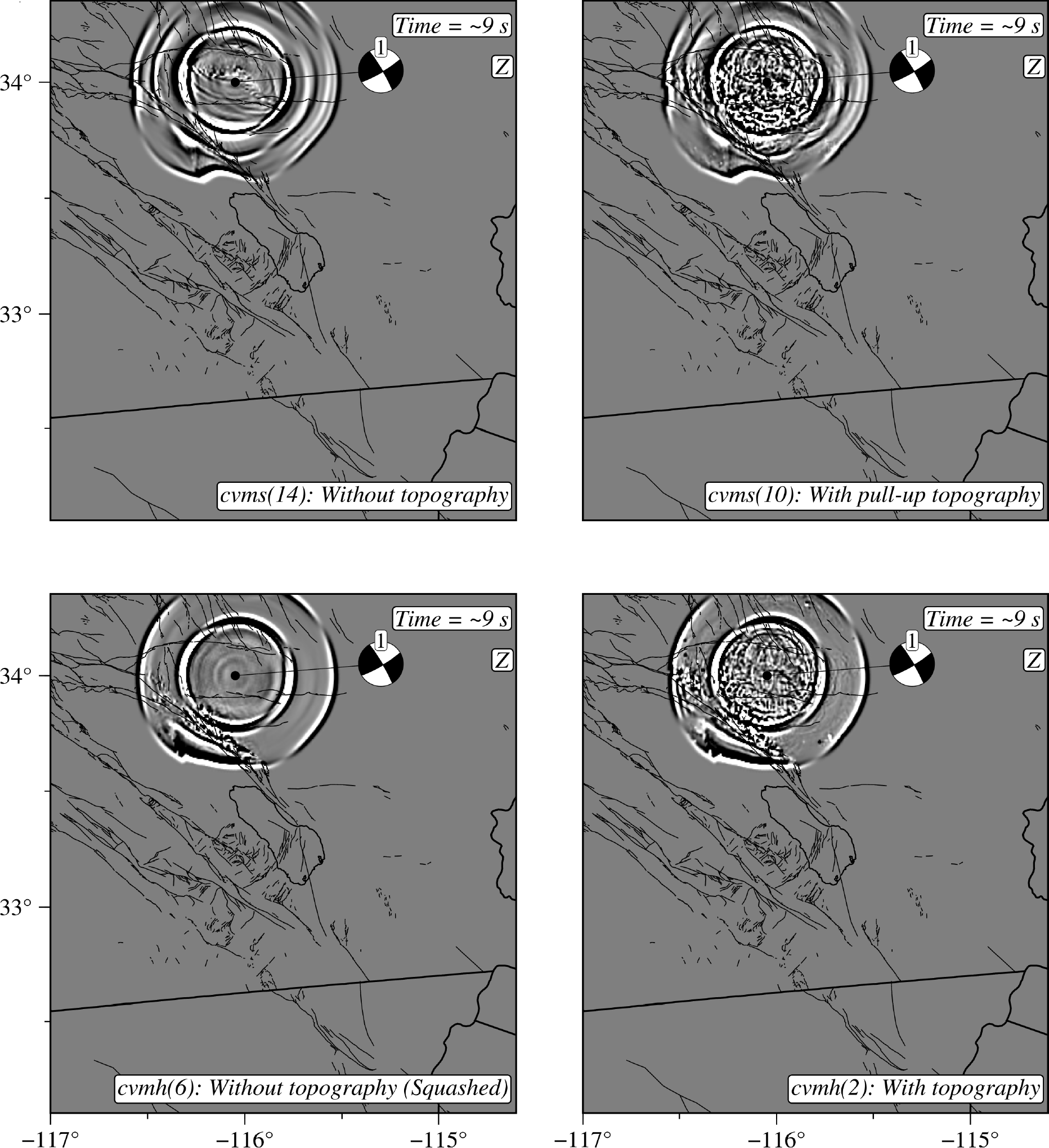
We are developing a non-optimization-based framework for exploring the Earth model space using geophysical observations. This approach allows us to efficiently sample a wide range of plausible Earth models that fit the data, providing insights into the uncertainties and trade-offs inherent in geophysical modeling. For example, in predicting the seismic wavefield using (an)elastic Earth models, different forms of topographic representations can yield varying results.
[Ajala et al. (2022)] [Modified SCEC UCVM Software]Optimization via Transportation Theory
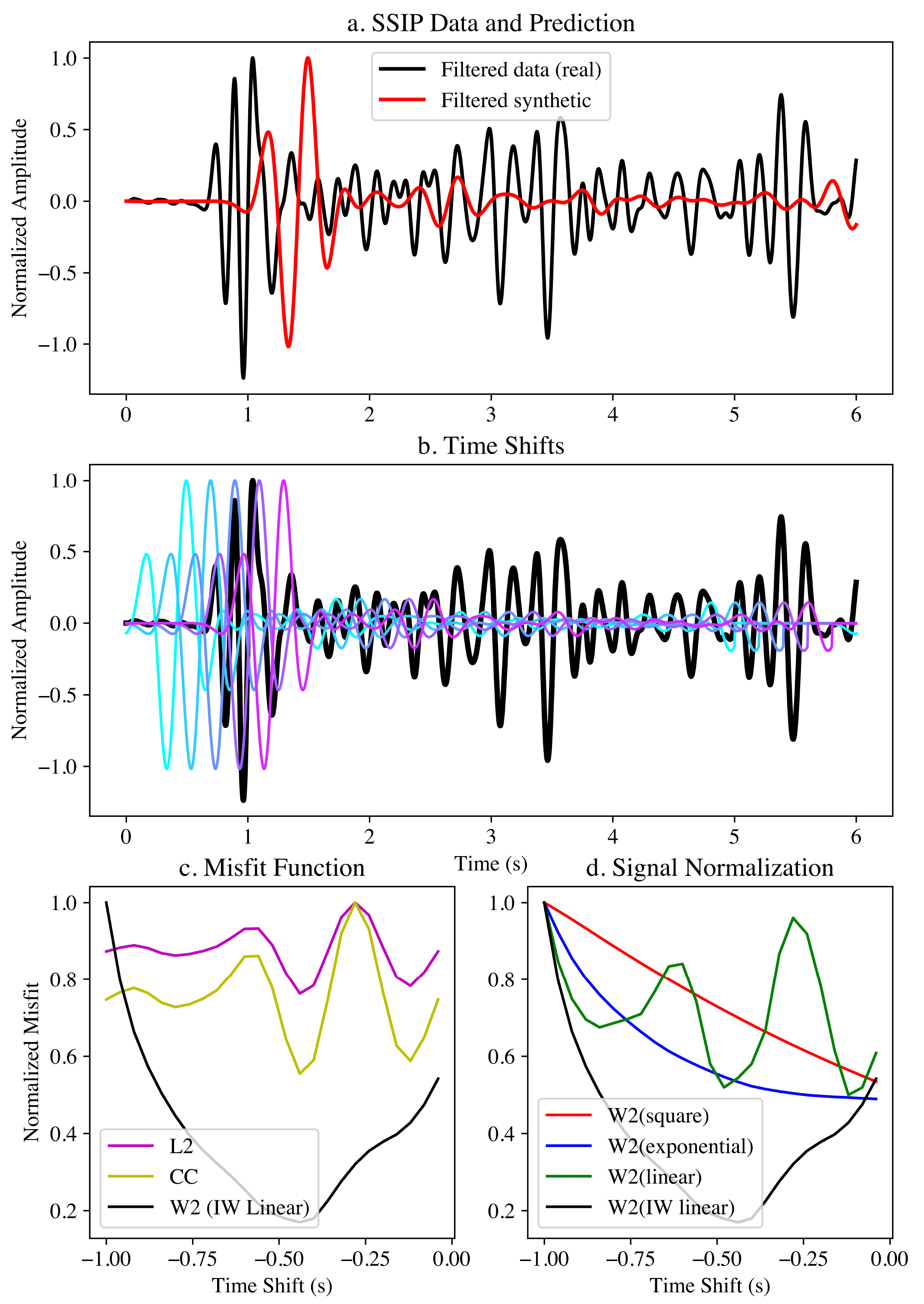
We are exploring the application of optimal transport theory to geophysical inverse problems. This mathematical framework offers a novel approach to quantifying the difference between observed and modeled data, enabling more robust and efficient inversion techniques. Our work aims to improve the accuracy of subsurface imaging and parameter estimation by leveraging the properties of optimal transport, which can better handle complex data and noise commonly encountered in geophysical datasets.
[SCEC Meeting Presentation (2023)] [SCEC Seed Grant Report (2024)] [SCEC Meeting Presentation (2024)] [SCEC Seed Grant Report (2025)]Subduction Zone Plane Wave Imaging
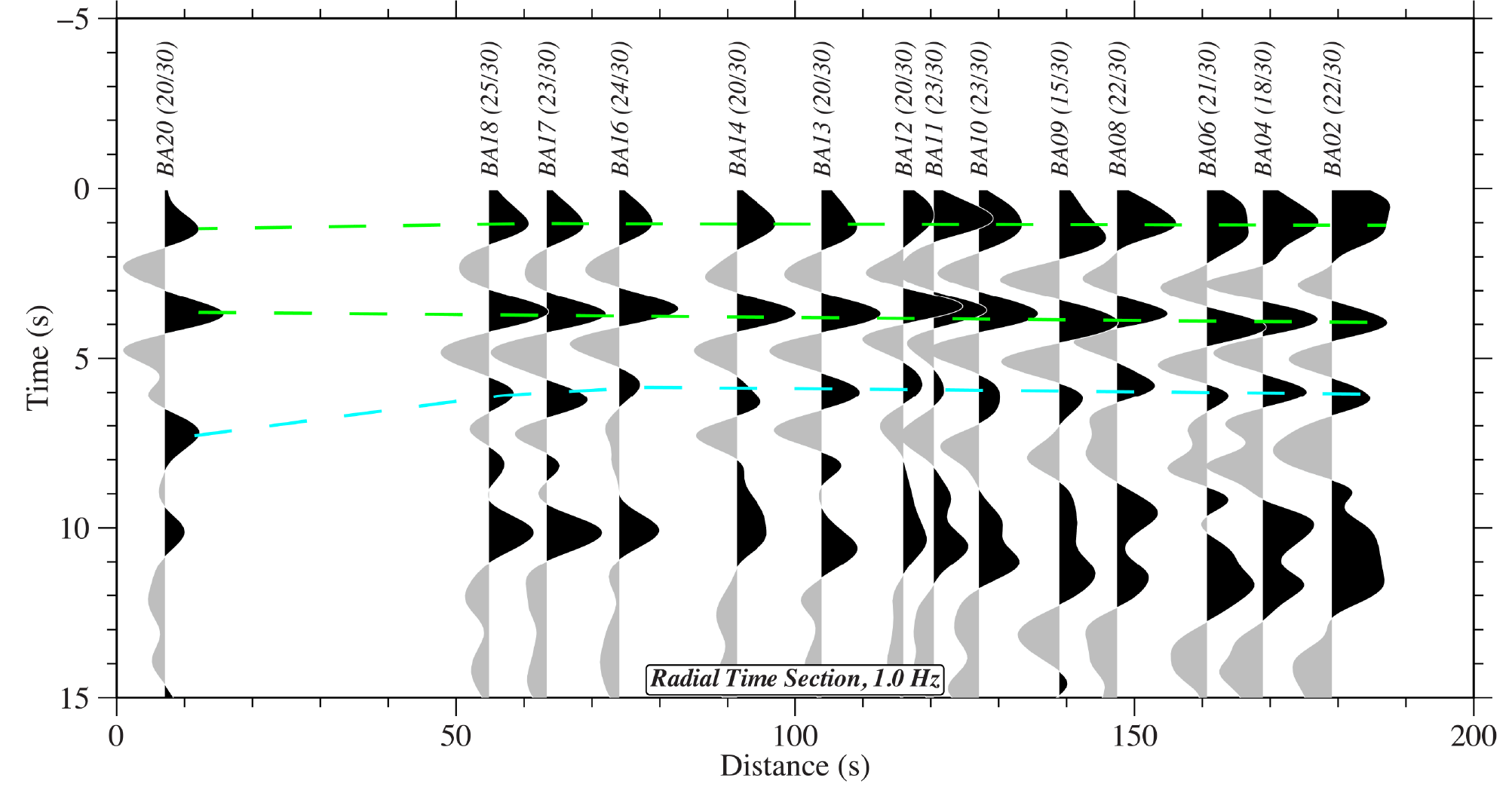
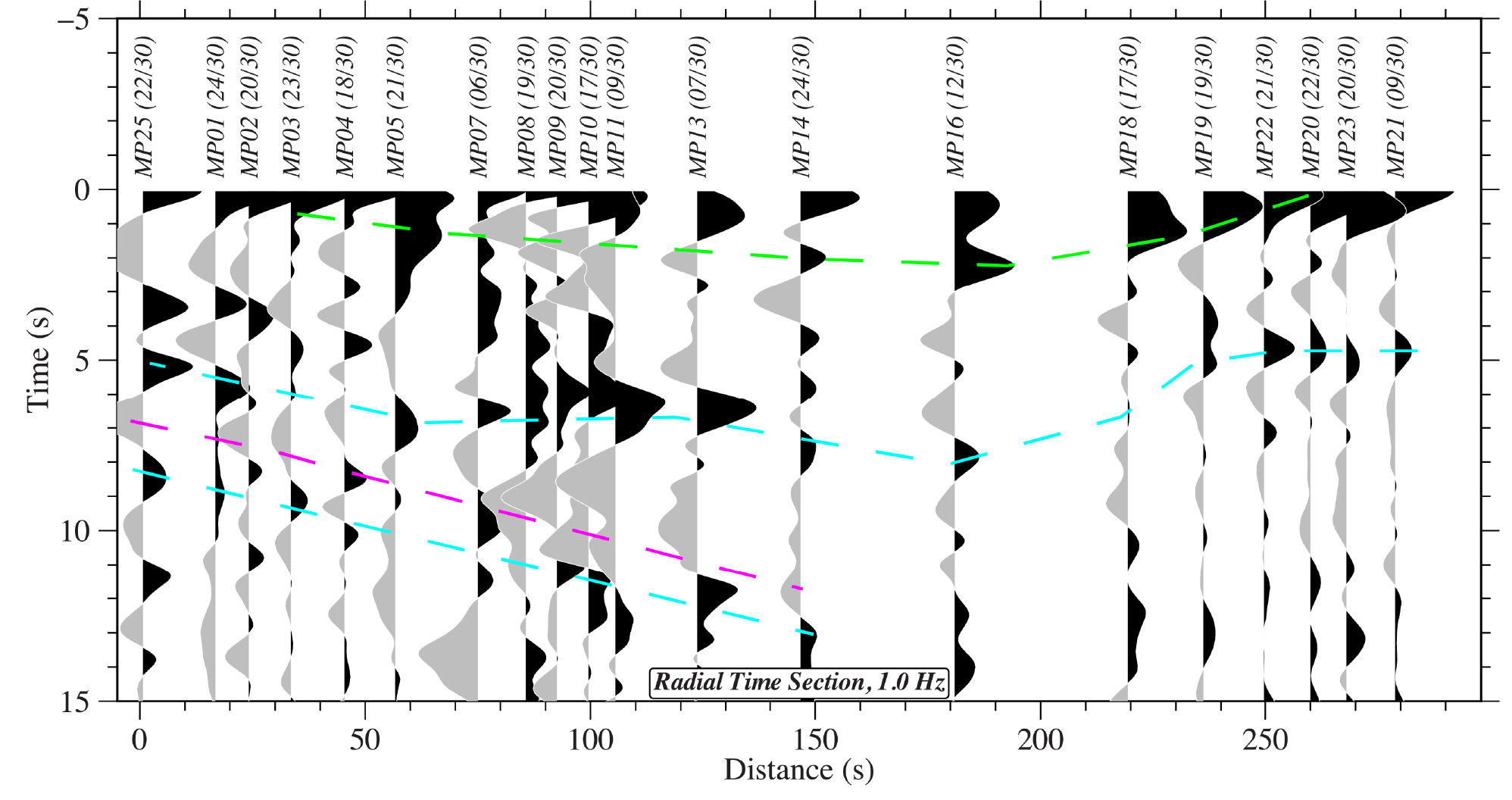
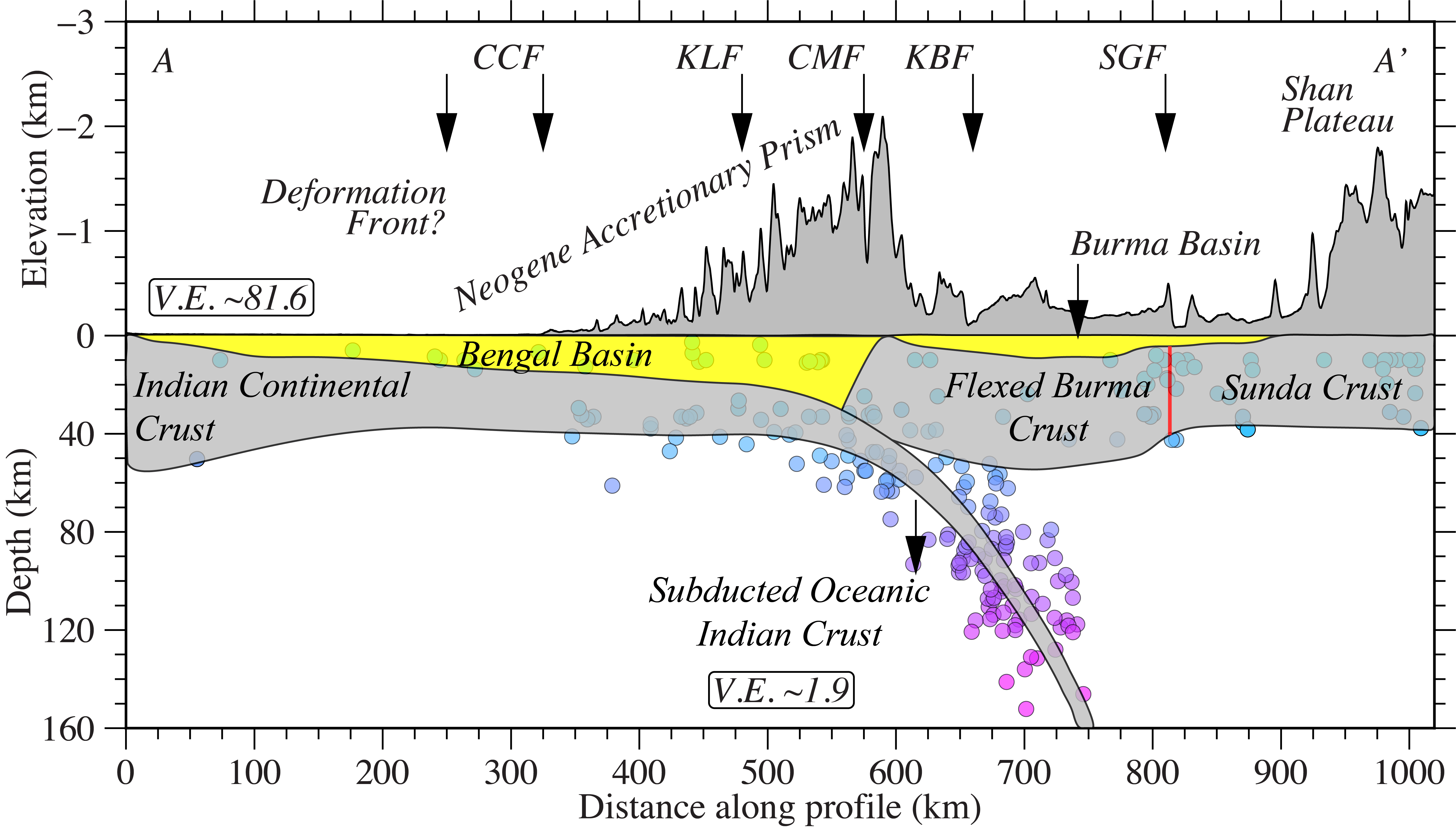
We are developing a novel seismic imaging technique that utilizes teleseismic plane waves to probe the structure of subduction zones. This method uses the properties of plane waves to achieve high-resolution imaging of the subducting slab and its surrounding mantle, offering new insights into the dynamics of subduction processes and their role in plate tectonics. Our initial application of this technique in the Indo-Burma subduction zone has revealed a complex subsurface geology with significant implications for understanding seismic hazards in the region.
[Rasheed's Ph.D. Dissertation (2022)]Blind-Magmatic Nonvolcanic Rifting
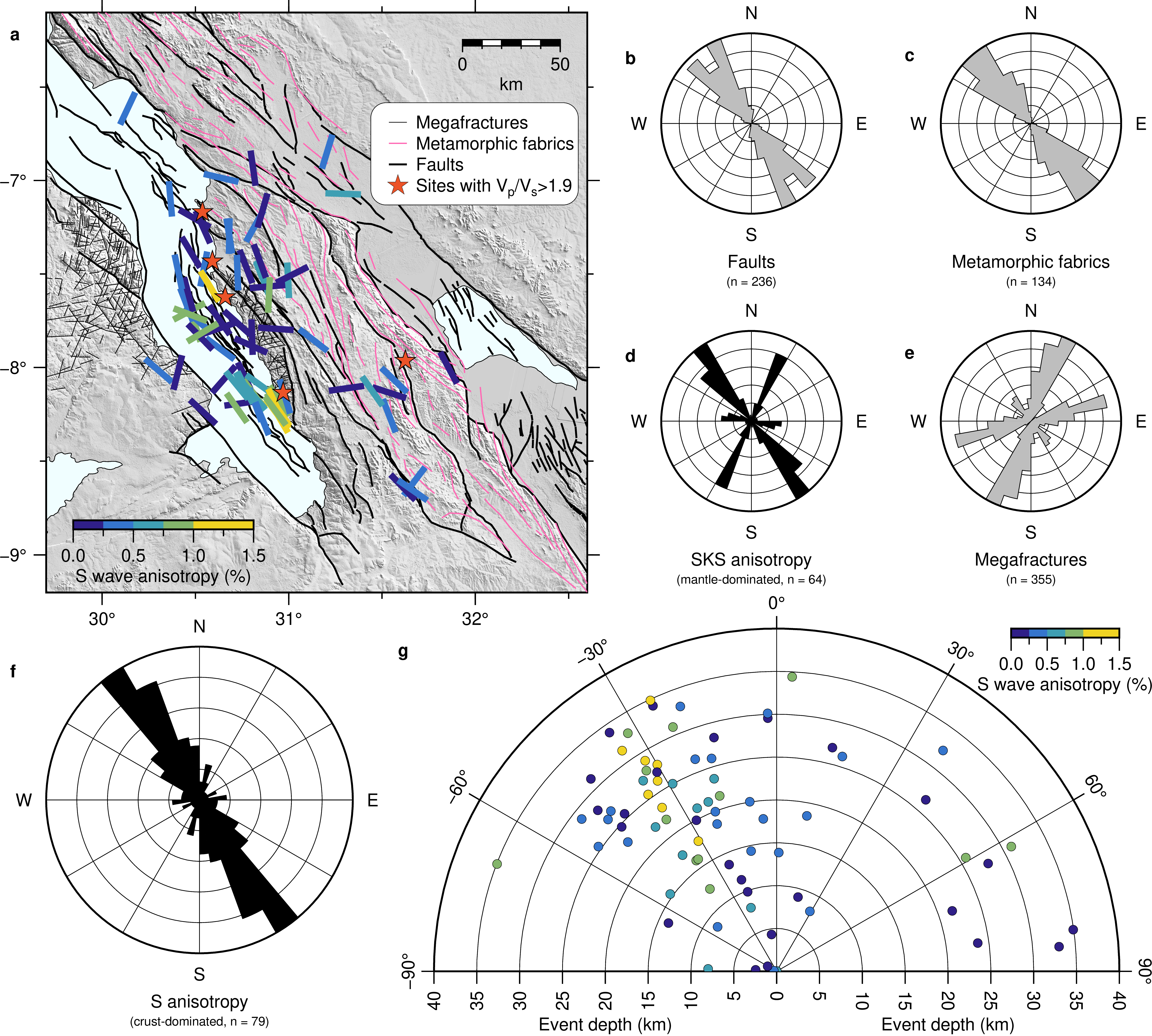
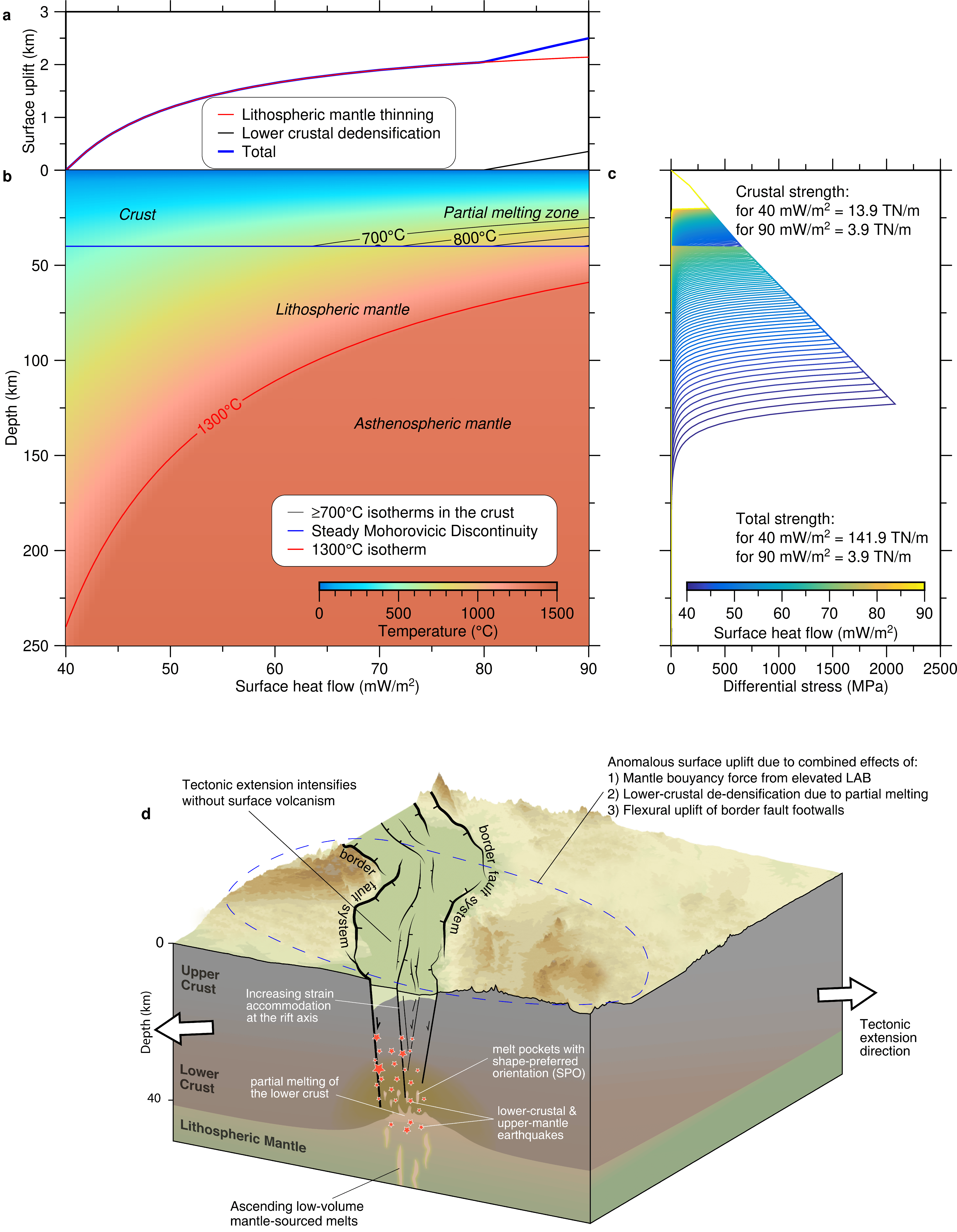
We are investigating the processes of continental rifting in regions without significant volcanic activity, focusing on the role of magmatism in these settings. Our research combines seismic imaging, geodynamic modeling, and field observations to understand how magmatic processes influence the initiation and evolution of rift systems.
[Ajala et al. (2024)]Lateral Rift Propagation
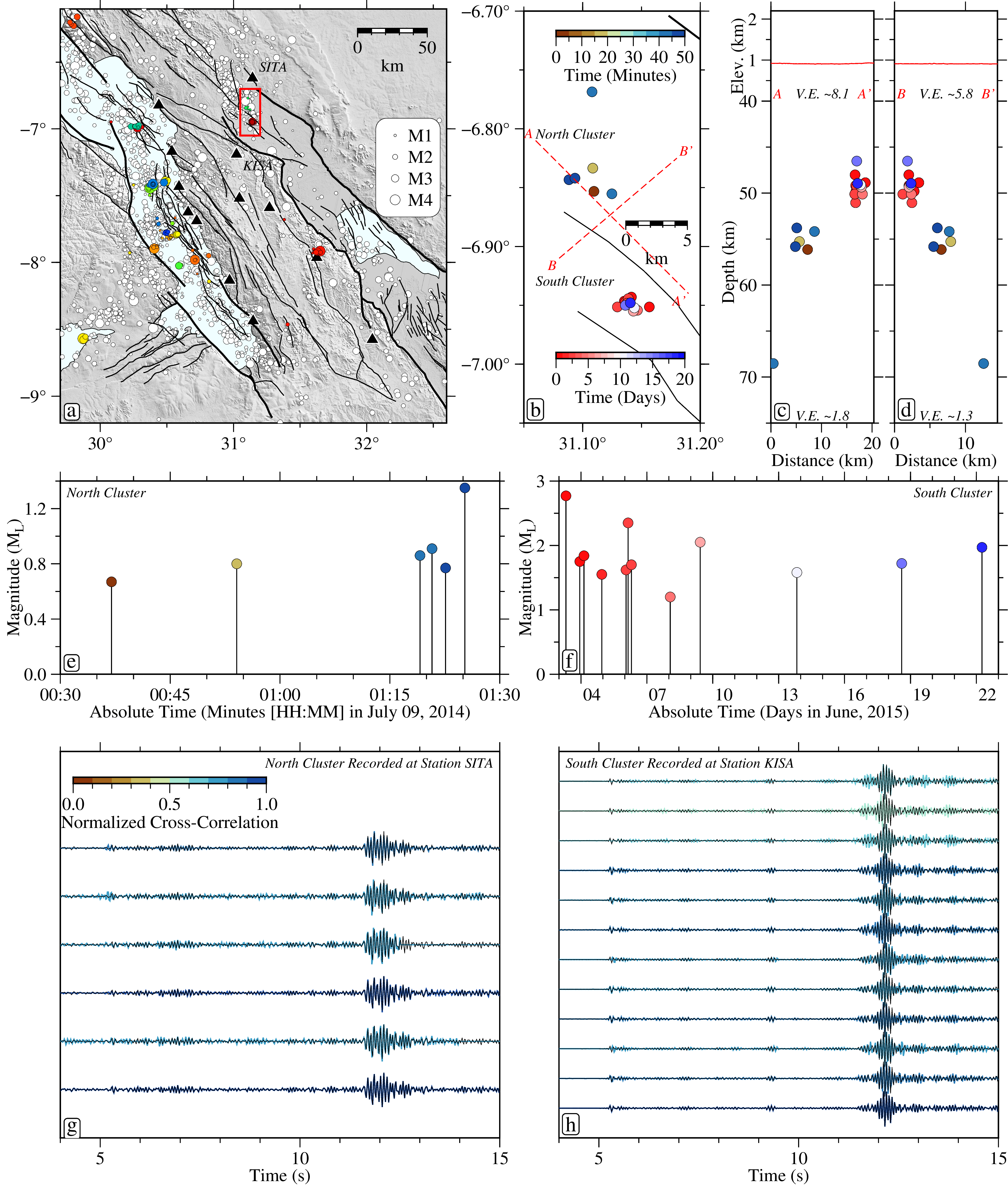
We are studying the mechanisms that drive the lateral propagation of rift systems, with a focus on the interplay between upper-crustal deformation and deeper-crustal and mantle processes, such as aseismic deformation and the migration of volatiles and fluids.
[Kolawole & Ajala (2024)]Incipient Rifting in the EARS
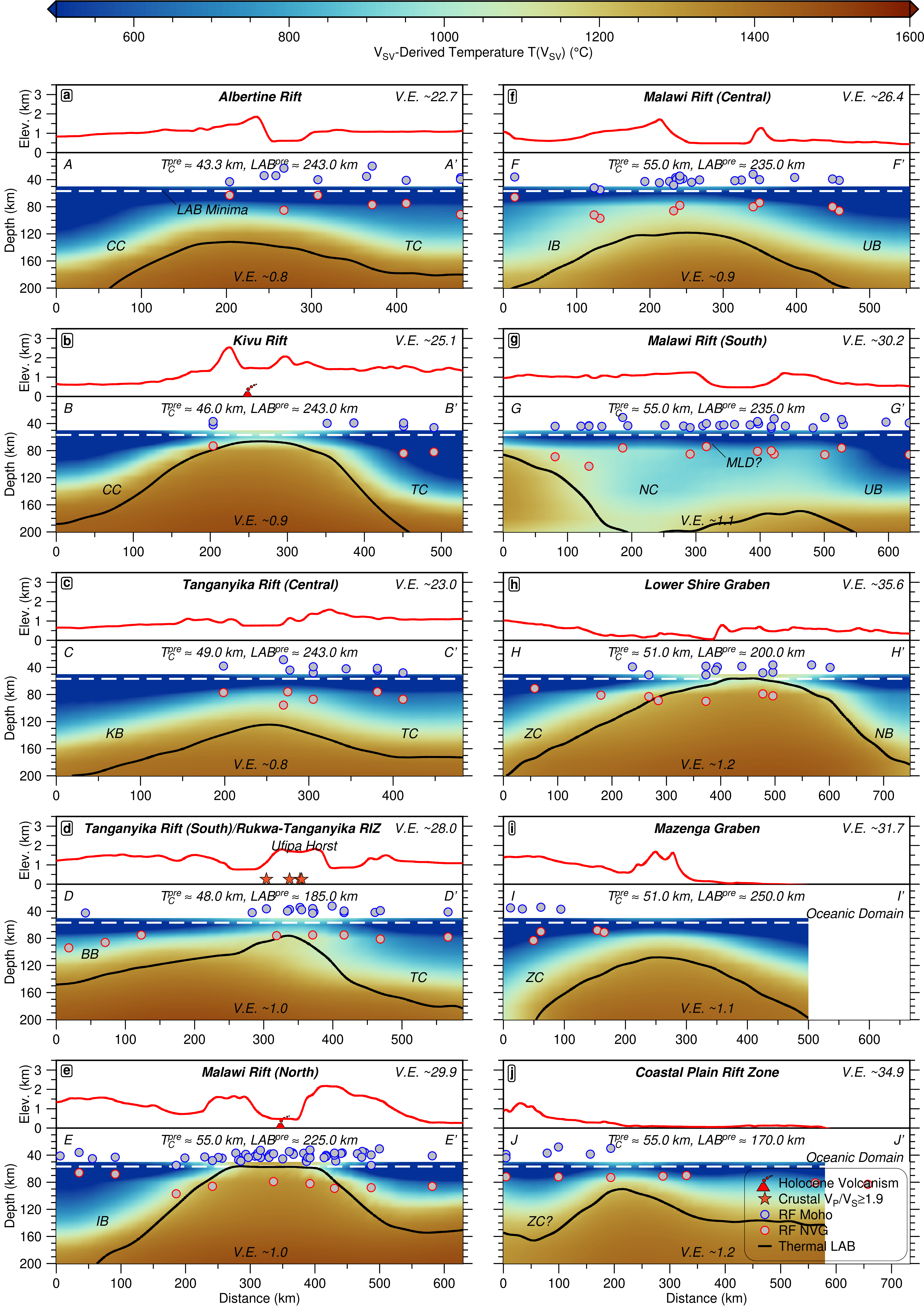
We are investigating the early stages of rifting in the East African Rift System (EARS) using thermomechanical modeling to understand the dominant processes that may predict a successful continental breakup.
[Ajala et al. (2025)]Physics of Intraplate Ruptures
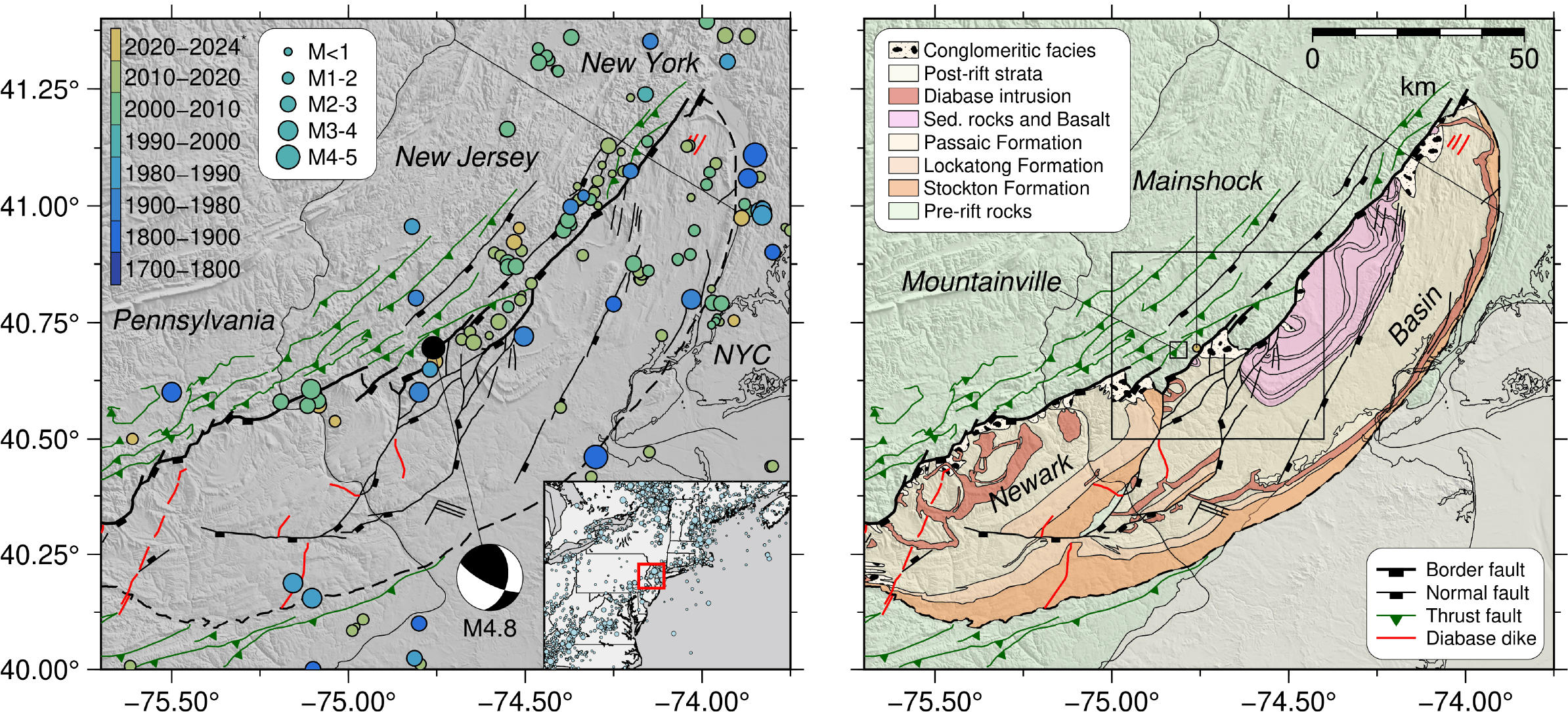
We are exploring the physical mechanisms that govern intraplate earthquakes, which occur away from plate boundaries. Our research aims to understand the stress accumulation and release processes in stable continental regions, which can lead to significant seismic events despite the absence of active tectonic boundaries.
Stay tuned...
Field Photos
